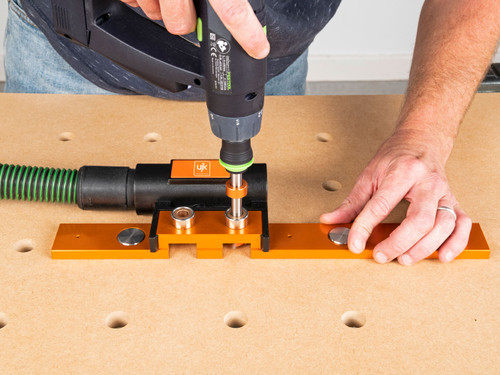FleshEater
Ordinary Average Guy
So I keep eyeing up this 4x6 table. It has a 1.25” thick steel top on it.
I would love to put this in my shop, but I’m pretty sure it will get in my way, unless I have wheels on it. However, with wheels I also want to be able to level it out.
I was considering fabricating up small hydraulic bottle jacks for each corner that would jack up the corners when I move it around. Figure I could weld up a square base to steady the bottom of the floor jack, and then weld a tab to push the table up.
It’s hard to explain what I’m thinking. Does anyone have any homemade adjusters for a 1,500lbs. table?
My other idea is to just leave 2’ of gap around two sides and push it into a corner.
Pic.

I would love to put this in my shop, but I’m pretty sure it will get in my way, unless I have wheels on it. However, with wheels I also want to be able to level it out.
I was considering fabricating up small hydraulic bottle jacks for each corner that would jack up the corners when I move it around. Figure I could weld up a square base to steady the bottom of the floor jack, and then weld a tab to push the table up.
It’s hard to explain what I’m thinking. Does anyone have any homemade adjusters for a 1,500lbs. table?
My other idea is to just leave 2’ of gap around two sides and push it into a corner.

Pic.




